
Stories from Northeastern Thailand
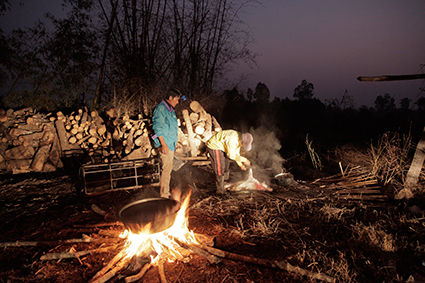
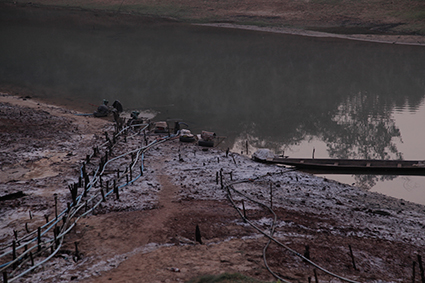
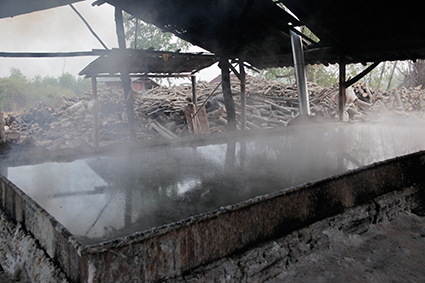
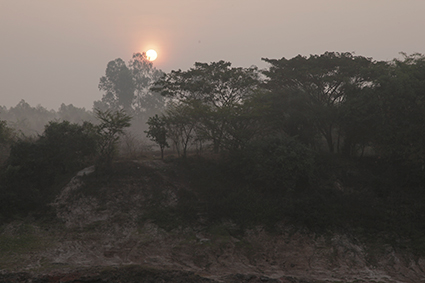
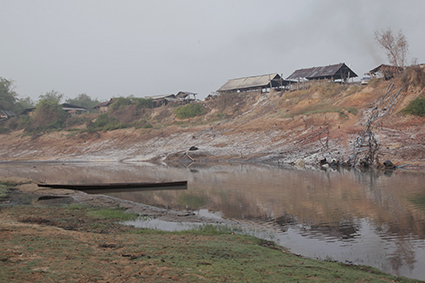
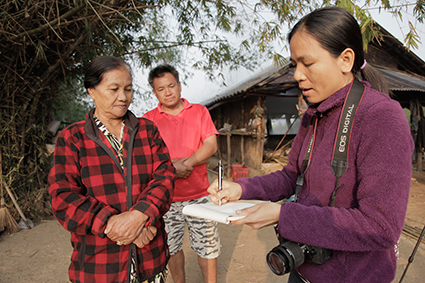
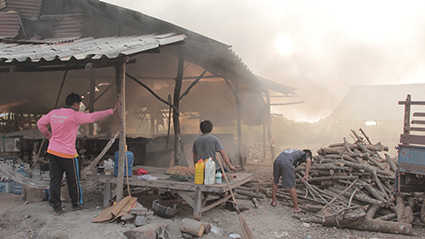
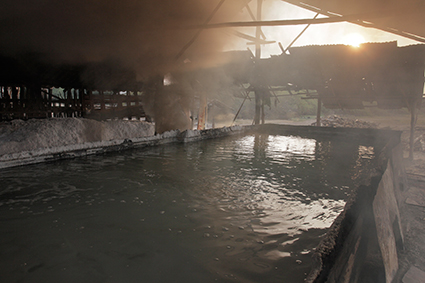
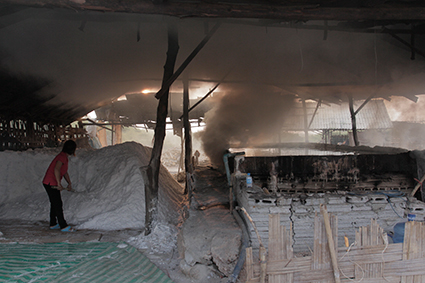
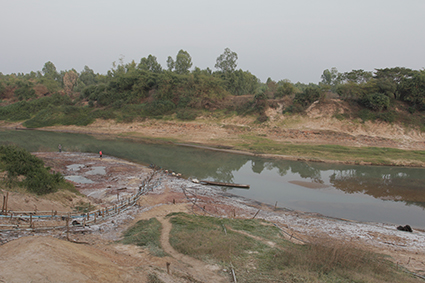
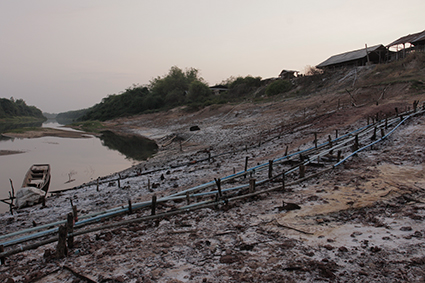
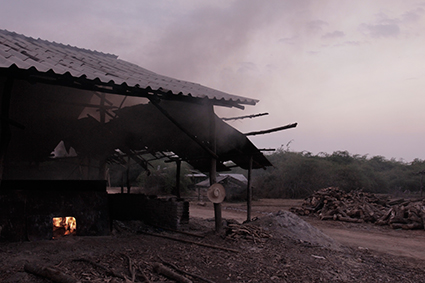
Rhino Head Pond 2
| Story-teller | Mun Kimprasert |
| Age | 68 |
| Recording time/date | 16 November 2014 |
| Recording place | Songkram River bank at Ban Tasaard, Tasaard Sub-district, Seka District, Bungkarn Province (Address: Ban Tal Diew, Tasaard Sub-district, Seka District, Bungkarn Province) |
| Language(s) used | Isaan |
| Category | Name origin |
According to Mr. Mun Kimprasert, or Grandpa Lung, from Ban Tal Diew, there once was a hunter, who followed a rhinoceros. He shot at it and the bullet passed through the rhinoceros. The area was then named Pak Huay Luk Puen, or the Mouth of the Bullet Stream.
The hunter then used salt to cook the meat of the rhinoceros. Villagers at Ban Hua Had was given the head of the rhinoceros. They brought spring onions from Ban Nong Mua Miang to cook it. When salt fell onto the ground from the rhinoceros, it was became salt lick. The villagers mixed the salt lick with the water. They filtered and boiled it. They then dried it to produce salt.
It was very difficult to make salt in the past. Traders from Tidlung took salt and sold it along Songkram River. They traveled to the mouth of the river, where many trade boats came. The price for salt at that time was only 10 to 80 cents in Bor Hua Had. The price was higher, around 1.20 baht for a basket, in a market at the mouth of Songkram River.
Traders sometimes went to sell salt in Laos, Mukdaharn, Kammarath, and Nong Khai. About three hundred people worked to produce salt at Bor Hua Had. Women also came to work in the area. They weaved baskets to contain salt. Then, Kru Buri brought plastic covers for salt and prevented it from sinking into the water.
People worked hard at daytime and relaxed at nighttime. When a woman would want to see a man, she would use fire to see his face. People earned about ten thousand baht for salt trade. They had to pay about 800 baht per year to hire workers. Grandpa Lung used to hire four workers to make salt. They had to stay in Bor Hua Had from around November to December to prepare firewood. They then produced salt until around August. They then transported and sold salt along the river.
Grandpa Lung used to trade in Laos, Ban Tonkian, Thakaek, and That Phanom. He sold salt in villages along Mekong River. After roads had been built, he also used a truck to carry and sell salt. He earned about 5,000 baht for a truckload of salt. He sold salt since the time when it was put into a basket until the present day when it is stored in a metal container.
